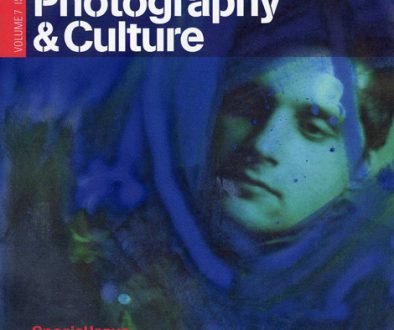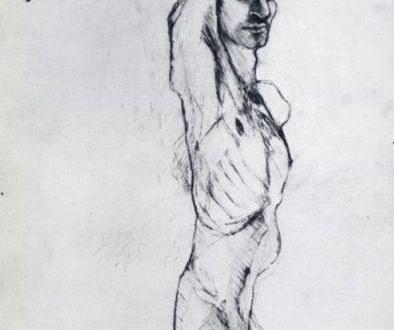Writing
The English teacher at my secondary modern thought my form was too stupid to do English literature; he decided for us that we should only take English Language. For many years I believed his assessment but continued to write privately. Words have periodically surfaced on my artwork along with other symbols but (perhaps as a result of the early knock-back) rather hesitantly. There is in any case something of a resistance to mixing visual and written languages in visual art. You may illustrate stories but not paint words.
For my solo show ‘Unstill Lives’ which dealt with my experience of AIDS I decided for the first time to exhibited extracts from my journals and sketch books along side the pictures. These were snapshots of what I was feeling on the death of friends and, for instance, the day of my own diagnosis. The reaction to the show was very powerful and included a lot of positive encouragement about the writing. So I started to think seriously about pursuing (and perhaps publishing) more.
I attended two courses facilitated by Patrick Gale in France for gay writers at the Lotus Tree run by Lance Price & James Proctor. As a result of this I began a children’s novel but also to write nonfiction. As a ‘late’ entry into writing professionally it can be difficult to be accepted and I decided to pursue a specialist interest I have had for many years: collecting antique packaging – in particular antique bottles. At first writing as an amateur I forged a link to the collectables auction house BBR but was then invited by the owner to edit their quarterly magazine. This led to researching and writing books on the subject. Both ‘Deadly Pleasures’ and ‘Blakeman’s Bygones Review’ are now standard reference works; another, a ‘Collectors Guide to Inks, Glue Pots & Blacking Bottles 1750-1920’, is due out shortly.
Writing about art has most recently included ‘Brixton Calling!’, the publication that accompanied a Heritage Lottery and Arts Council funded project to recall and preserve a record of Brixton Art Gallery and the Brixton Artists Collection 1983-1993. Also as part of that project I was paid to curate and collate material about the ground breaking Lesbian & Gay Artists group based at the Gallery and to construct a Timeline of significant LGBT events leading up to, during, and after that timeframe. This was deposited with the collected material relating to the Gallery at Tate Archive. I realised two things in doing so. The strong political ‘protest’ element to the Collectives’ shows, particularly the galleries cut-and-paste, punk graphics and LGBT activism of Pride and AIDS marches, was ingrained in my use of words along with a love of the possible ambiguity of words as visual triggers, what Patrick Gale called ‘memory triggers’. My latest work much more deliberately, and I hope more confidently, incorporates words and phrases as integral to the design.
I am also pursuing writing about art by concentrating on a subject that motivates me; as with old bottles I’m following an idiosyncratic passion. For many people LGBT arts are a subject that relates to ‘old’ battles. As with the attitude towards Feminist Art, it is often considered a dead topic. I attended a seminar at the Tate Gallery last year in which both topics were linked. Entitled ‘Civil Partnerships’ it was very clear that although progress has been made both topics are still denigrated by mainstream museums, historians and curators. There are honourable exceptions but by and large both are regarded still as somehow peripheral at best to assessing artists work.
In the 1990s I was involved in preserving the studios of several artists who had died of AIDS. Those of my friends Mario Dubsky and Nick Balaban and that of British gay erotic comic artist and illustrator of Drummer Magazine, Bill Ward (died 1996). Bill led me to research photography and illustration from the Physique era, roughly 1930-1970 particularly the European and British practitioners like Tom Nicholl (‘Scott of London) and Pete Dobbing. Somewhere amongst these threads are stories waiting to be written.

